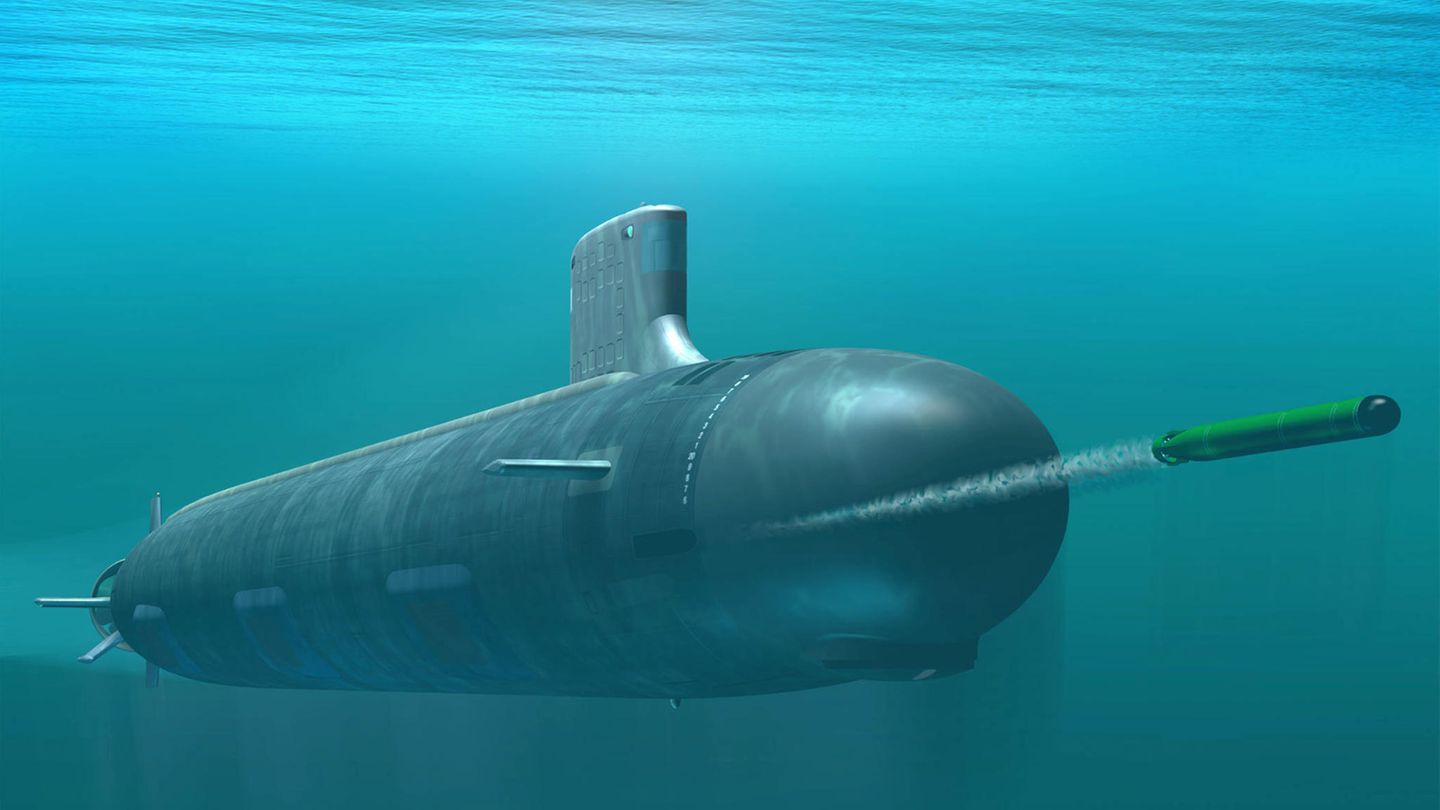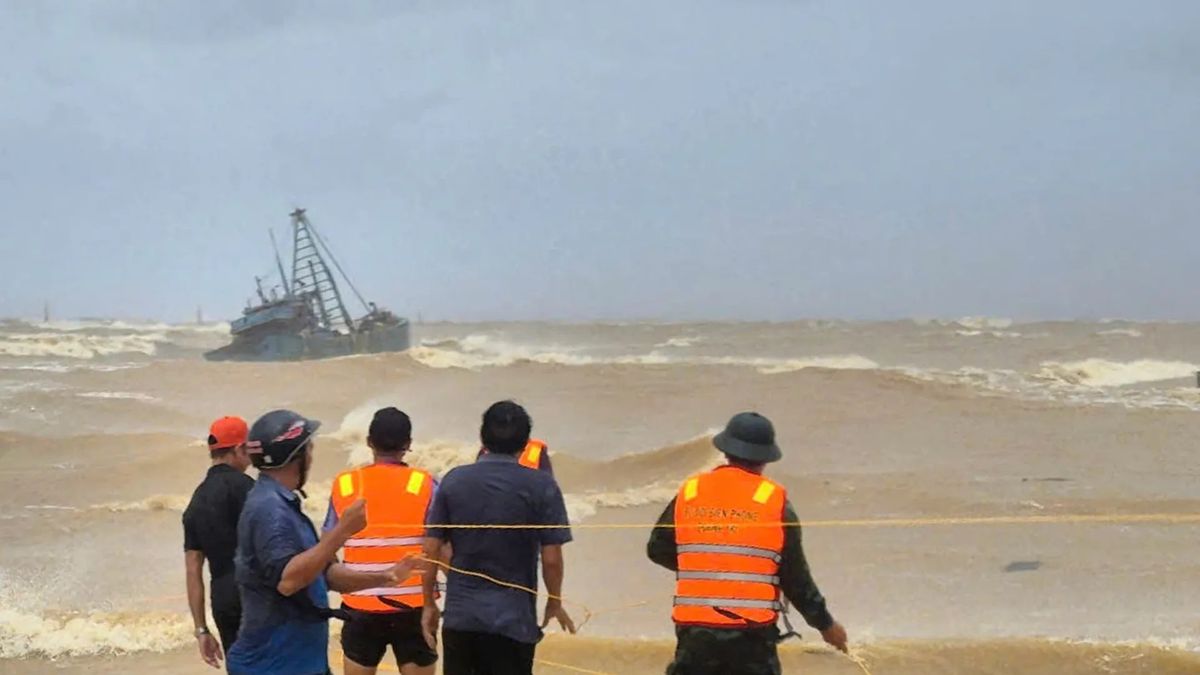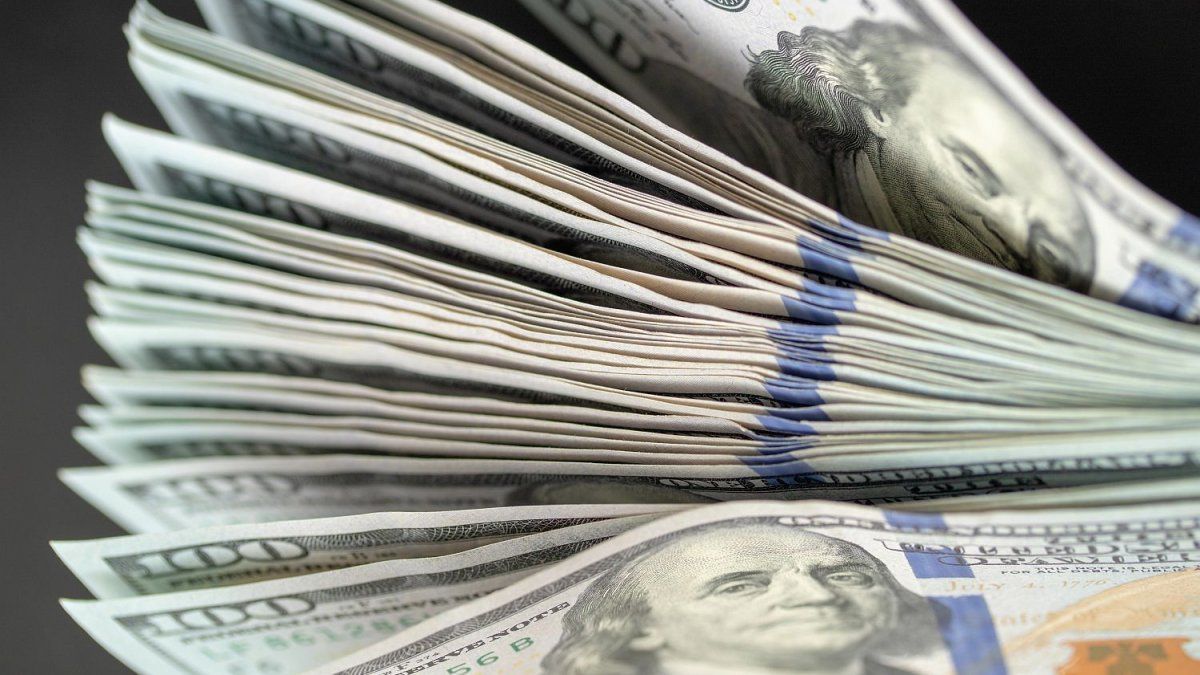Australia drops the plan to buy French submarines, instead building a fleet of nuclear-powered submarines with British and American support. But that can take a while.
Australia closes a deal with the US to build attack submarines, while pulling out of the contract with France to build similar submarines. Twelve boats of the “Attack” class – originally Shortfin Barracuda Block 1A Design – were to be built. The cost was 50 billion Australian dollars. Even if the Australian-French project has so far been more jerky than smooth, the French government is duped.
The new deal has two components: a military-technical one and a defense-political one. Nothing has changed in the role of the submarines. Australia wants a fleet of modern “attack” submarines. Attack does not mean that you want to start a war. It corresponds to the word “Jagd U-Boot” of the Second World War. These boats are designed to fight ships and other submarines. Unlike submarines, which primarily transport strategic missiles. Also important: the boats are powered by a nuclear reactor, which does not mean that they are armed with nuclear weapons.
With this underwater fleet, Australia wants to counter China’s maritime armament. It is therefore hardly surprising that Beijing responded to the plans with angry comments. Simultaneously with the proclamation, a Pacific Defense Pact was proclaimed between Great Britain, Australia and the USA.
Aggressive export from the USA
As with other arms deals, you can see the US aggressively pushing the competition out of Europe. When in doubt, countries opt for military equipment from the country in which they have the highest hopes in the event of a conflict. And that’s mostly the USA. Should the situation in the Pacific region really escalate, Australia will have to rely on help from Washington and less on help from Paris. But if the US combines promises of assistance with arms exports to a greater extent, the prospects for the export of weapons systems from Europe will look bad.
In addition, there is a change in US export policy. Until the Obama administration, the US refused to sell advanced armaments. Often only the second best came onto the market. This damaged the US’s reputation, for example when the world noticed that the US was selling vehicles with inferior armor. This restrictive stance meant that countries like China and Turkey were able to enter the drone business on a large scale. Plus the fact that the cost of the F-35 stealth jet rose astronomically because there were no exports. Under Trump, concerns were thrown overboard.
The change of heart leads to further resentment in the submarine deal. Years ago, Australia was not supposed to receive any nuclear powered submarines. Washington put pressure on the allies not to deliver such systems. The attack class was then also a further development of the French nuclear submarines – but trimmed down with conventional propulsion. The fact that Washington is now supplying nuclear submarines itself is an affront.
Which submarine is being built
In contrast to the tender in which the attack class was able to prevail, it is not yet known exactly what kind of submarine Australia should get. It is only clear that it will not be conventional. In the next 18 months, a roadmap for the procurement of the boats is to be developed. A further development of the British Astute class or the American Virginia class would be conceivable. Or a takeover of the upcoming SSN (X) boats from the USA. Or maybe there will be an independent development based on the technology of the allies.
In principle, a nuclear-powered submarine would always have been the first choice. Even the most modern boats with conventional propulsion cannot keep up with nuclear submarines in terms of range, dive duration and speed. In the area of operation in the Pacific with its great distances, these qualities are far more important than in the Mediterranean or the Baltic Sea. “Nuclear submarines have clear advantages,” said Australian Prime Minister Scott Morrison. “They have greater endurance, are faster, have higher performance, greater diving ability, and greater carrying capacity. These benefits greatly enhance the skills Australia needs. They help us build regional resilience.”
At the same time, it was announced that Australia will buy long-range Tomahawk cruise missiles from the US, which will initially be installed on Hobart-class destroyers. But of course it is to be expected that the new submarines will also be equipped with long-range weapons.
Unrealistic period
With the boats, Australia wants to counterbalance Beijing. The only question is when that will happen. A period of ten years was mentioned. Then the first submarine is to be handed over. However, this is an extremely sporting value, since the development of a roadmap alone will take 18 months. The period would be conceivable if Australia wanted to take over an existing type with minor modifications. However, should Australia develop its own boat and want its own industry to participate in the construction of the boat, which is to be expected, ten years will hardly be sustainable.
Australia has not built a submarine since 2003 and has no experience building smaller nuclear reactors. It is quite possible that the boats will go into service by the end of the 2030s. This would give Australia time to build up its own capacities and also the opportunity to spread the considerable costs over a longer period of time.
Given the speed with which Beijing is building and modernizing its navy, the hoped-for counterweight is unlikely to come into effect until very late.
David William is a talented author who has made a name for himself in the world of writing. He is a professional author who writes on a wide range of topics, from general interest to opinion news. David is currently working as a writer at 24 hours worlds where he brings his unique perspective and in-depth research to his articles, making them both informative and engaging.




